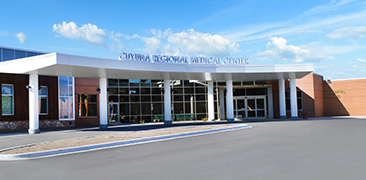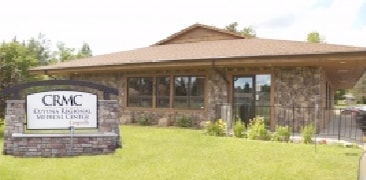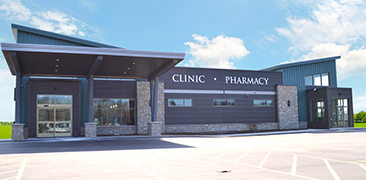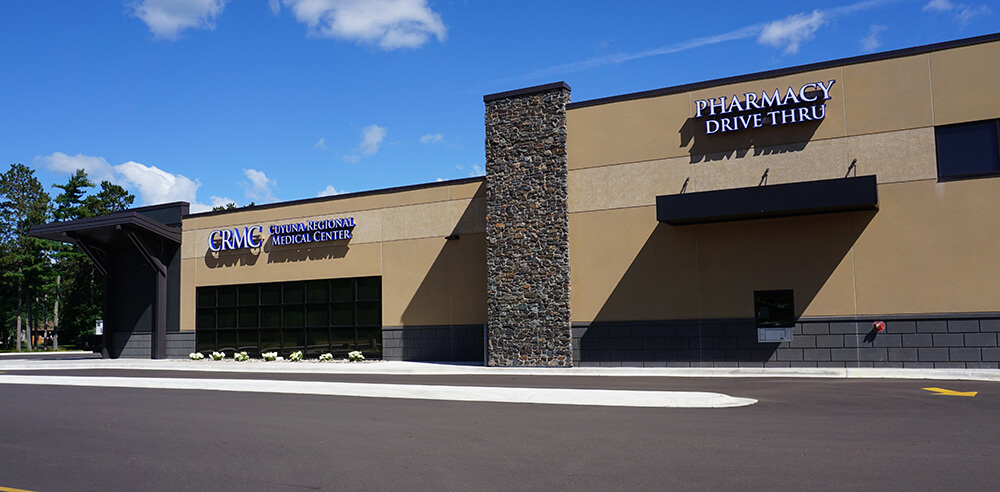Women build bone until about age 30. After this time, gradual bone loss occurs and accelerates further with menopause. Osteoporosis itself is a disease that weakens the bones and therefore predisposes one to bone fractures. This disease is oftentimes not diagnosed until a fracture occurs. The following information is meant to outline the incidence, screening indications, prevention and treatments.
By 2020, 12.3 million people in the US will have osteoporosis and approximately 34 million will have low bone mass. This disease is responsible for two million fractures a year in the US alone.
Osteoporosis is a painless and asymptomatic in the early phases. One may notice a decrease in height or feeling more hunched over. Without treatment, over time this disease is both debilitating and painful. In fact, osteoporosis is the most common cause of morbidity in menopausal patients. According to the National Osteoporosis Foundation, a womanʼs risk of hip fracture due to osteoporosis is equal to oneʼs risk of breast/uterine/ovarian cancer combined. Over 1/4 of women with a hip fracture die within 12 months. The good news is that osteoporosis is a preventable and treatable disease.
Osteoporosis prevention includes several components. Weight bearing exercise is first and foremost. Calcium supplementation of 1000-1200mg/day in divided doses along with magnesium 250-400mg/day is recommended. Individuals with kidney disease should take calcium citrate. Vitamin D supplementation of 800 IU daily is needed for bone health as well. Smoking cessation and minimal alcohol intake are two other preventive strategies. Hormone replacement therapy (HRT) is FDA approved for the prevention of osteoporosis. Furthermore, when a woman stops HRT, her fracture risk increases significantly.
When should I be screened for osteoporosis ? Screening tests are typically initiated at age 65 but earlier for patients with risk factors such as being underweight, on steroids, people with rheumatoid arthritis, postmenopausal women, those with a family history of osteoporosis,smokers, height loss of 1.5 inches or more, and people with a sedentary lifestyle. A loss in height of 1.5 inches is associated with vertebral fracture and is not a part of the aging process. Screening is done through calculation of a FRAX score and a bone density radiologic test. The FRAX score is available online or on the Menopro app. The score is calculated using information on where you live, height, weight, fracture history, steroid use, rheumatoid arthritis,smoking, alcohol intake. If the FRAX score indicates a 10 year risk of a hip fracture of at least 3% or a major osteoporotic fracture of 20% or more, starting treatment is recommended. Bone mineral densitometry( dexascan) is a radiology test that measures the amount of calcium in certain parts of our bone. This exam generates a score regarding the overall health of your bones determining if starting medication is warranted. This is a painless test with minimal radiation exposure.
Fortunately there are a lot of treatments for osteoporosis. Bisphosphonates are a class of medications that slow down the resorption of bone. These medications are usually well tolerated and are taken for about five years after which reevaluation is warranted. There is a once a year intravenous medication for treatment as well as various selective estrogen receptor modulator oral medicines like raloxifene. Hormone replacement therapy is bone protective but not first line for osteoporosis treatment. There are several additional effective classes of medicines for osteoporosis as well.











